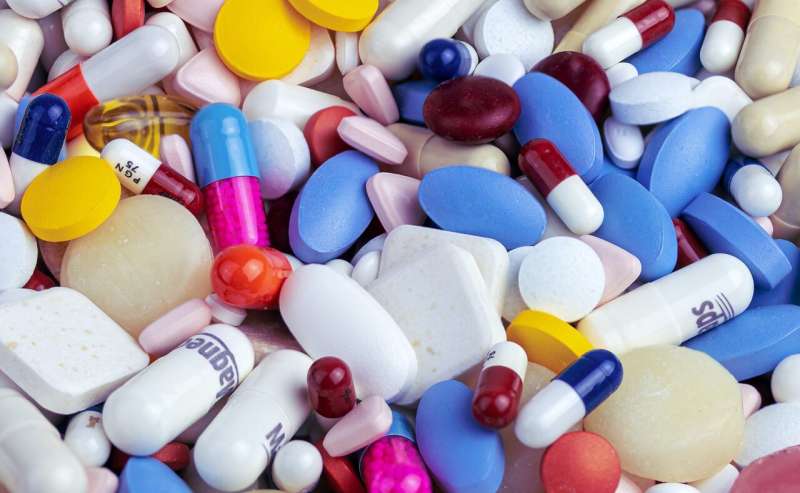This article has been reviewed according to Science X's editorial process and policies. Editors have highlighted the following attributes while ensuring the content's credibility:
fact-checked
trusted source
proofread
Lifesaving addiction medications are rarely started following opioid overdose emergencies, research finds

Could future opioid overdoses, fatalities and other harms of opioid addiction be prevented if hospital emergency departments made better use of effective medications for opioid addiction?
A team of University of Michigan researchers thinks so.
Led by Thuy Nguyen of U-M's School of Public Health, the researchers analyzed national Medicaid claims data of patients ages 12 to 64 treated at U.S. emergency departments for opioid overdoses in 2018. They focused on ED visits for opioid overdose and the rate of initiation of FDA-approved medications for opioid addiction, including buprenorphine, methadone and extended release naltrexone.
The researchers found that less than 20% of Medicaid patients were started on these medications at the time of emergency care or within 30 days of discharge, despite the fact that these medications can be lifesaving.
"There are nearly 2 million opioid-related visits to emergency departments in the U.S. each year," said Nguyen, an assistant professor of health management and policy. "The fact that less than 1 in 6 ED visits resulted in filling prescriptions of medications for opioid use disorder suggests that crucial opportunities to prevent opioid overdose deaths are being missed for Medicaid patients."
The project was driven by a growing public health crisis that saw a record 81,000 Americans die from opioid overdose in 2021.
According to the study brief, "a variety of barriers contribute to low rates of treatment initiation, including an inadequate number of professionals offering treatment in the community, gaps in OUD medication training and resources for health providers, and effective referral systems for addiction care between EDs and outpatient treatment facilities."
The study also includes a breakdown of regions and states that are most and least likely to start treatment for opioid addiction after ED visits for opioid overdose. Eight states (Massachusetts, Rhode Island, Vermont, New Hampshire, Maine, Connecticut, Pennsylvania and Maryland) had initiation rates between 20%-34%—considerably higher than the average.
"This suggests that better performance is possible," Nguyen said. "Understanding why these states are performing better than others could inform policymakers' strategies to expand treatment access following ED visits for opioid overdose."
In addition to Nguyen, the research team included Kao-Ping Chua, U-M Department of Pediatrics; Yang "Amy" Jiao, Department of Health Management and Policy, U-M School of Public Health; Stephanie Lee and Pooja Lagisetty, U-M Medical School Division of General Medicine; Amy Bohnert, U-M Medical School Department of Anesthesiology; and Keith Kocher, U-M Medical School Department of Emergency.
Drs. Nguyen, Chua, Lagisetty, Bohnert and Kocher are also affiliated with U-M's Institute for Healthcare Policy & Innovation.
More information: Thuy Nguyen et al, Use of Medications for Opioid Use Disorder After Overdoses Among Medicaid Enrollees (2023).




















